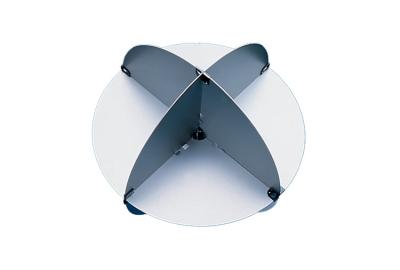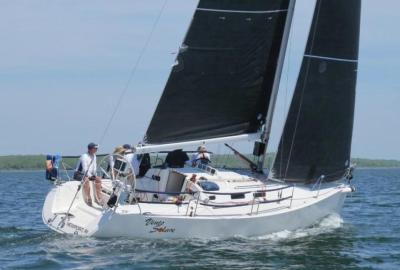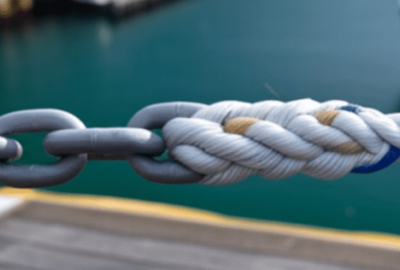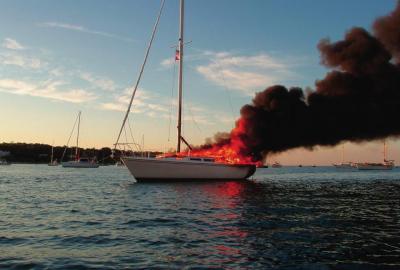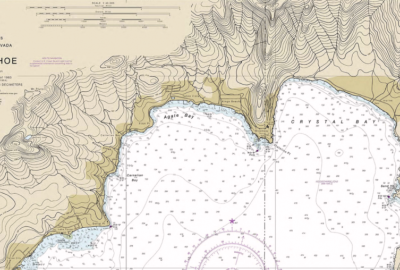Chuck reviews a seminal test of radar reflectors. Some popular designs did very little to make the boat visible.

Update:
We offer several types of article covering a wide range of topics. Choose your topic or article type below:
- Feature Articles. Discussions of one or more topics regarding Seamanship, Safety, and best practices afloat.
- School of Hard Rocks. First-person narratives of ... challenging ... experiences and lessons learned.
- Safety Moments. Short items suitable for a quick read or presentation to a group.
- White Papers. In-depth dives into topics of interest.
- Travelogs. Stories of near and far journeys afloat, including selected articles from our Voyages magazine
- Videos. A growing library of streaming content, from weather seminars to member highlights.
by Dick York,
|
Safety Moment
Subject:
Damage and Repair
Are YOU ready to deal with sudden steering loss?
by Chuck Hawley,
|
Safety Moment
Subject:
Anchoring
A rope-to-chain splice can retain nearly 90% of the strength of the rode's components.
|
Safety Moment
Subject:
Medical
MEDICAL MOMENT: HYPOTHERMIA by Bill White, MD
by Dick Stevenson,
|
Safety Moment
Subject:
Culture of Safety
Dick Stevenson, S/V Alchemy, New York Station
by Chuck Hawley,
|
Safety Moment
Subject:
Emergencies, Heavy Weather
A boating accident on Lake Tahoe June 21 took 8 lives in a very short amount of time. The skipper wasn’t drinking, the incident took place around 3:00pm in the afternoon, the boat was in excellent condition, and there were plenty of lifejackets on…

